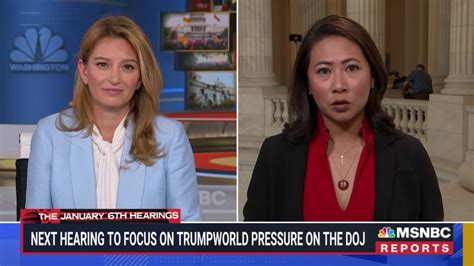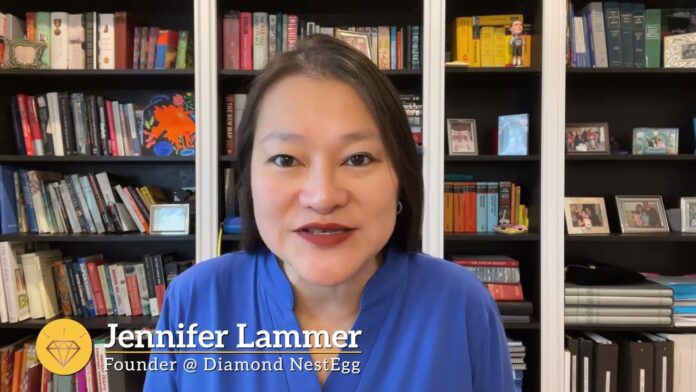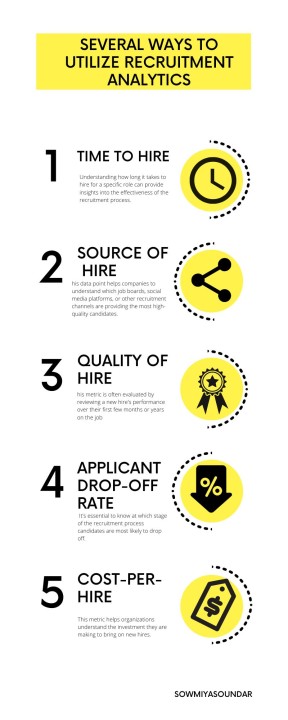In an era where news is delivered at lightning speed, the perspective from which a story is told can profoundly impact its reception. The third person point of view (POV) is a critical lens in journalism, offering an objective and comprehensive perspective that enhances credibility and clarity. This article delves into the definition and purpose of the third person POV, exploring its advantages, various types, and the challenges it presents. By examining effective examples and considering its future, we aim to highlight how this narrative technique shapes the way we understand and engage with news, ensuring a balanced and thorough representation of events.
Delve into this topic with xotools.xyz to gain a thorough understanding.
1. Definition and Purpose of 3rd Person Point of View
In journalism, the third-person point of view (POV) employs an outside observer’s perspective, using pronouns like “he,” “she,” “they,” or “it” to describe events and characters. Unlike the first-person POV, which offers a subjective account from within the story, or the second-person POV, which directly addresses the reader, the third-person POV maintains a detached and impartial viewpoint. This objectivity is essential in news reporting, as it fosters credibility and ensures a balanced presentation of facts. By enabling journalists to cover multiple angles of a story, the third-person POV allows for comprehensive and unbiased reporting. This distance from the events they report empowers journalists to provide readers with a clearer, more objective understanding of the news, free from personal bias or emotional involvement.

2. Advantages of 3rd Person POV in News
The third person point of view (POV) in news reporting offers several key advantages. Firstly, it ensures objectivity by providing a detached perspective, preventing personal biases from influencing the narrative. This impartiality is crucial for maintaining the credibility of the news and fostering trust among readers. Secondly, the third person POV allows journalists to present a more comprehensive view of a story by integrating multiple viewpoints and sources. This breadth of coverage helps readers gain a well-rounded understanding of the events. Furthermore, this POV facilitates clearer and more structured storytelling, as it focuses on the facts and actions rather than personal opinions or experiences. In conclusion, the third person POV enhances the reliability and thoroughness of news reporting, making it an essential tool for delivering accurate and balanced information.

3. Types of 3rd Person POV
There are three primary types of third-person point of view: omniscient, limited, and objective.
The omniscient point of view grants a wide-ranging perspective, revealing the inner thoughts, emotions, and driving forces of every character in the narrative. This narrative approach enables journalists to present a more complete comprehension of events, unveiling the hidden motivations behind them, and ultimately providing readers with a holistic understanding of the news.
Third person limited narration centers on a single character or a select group, offering insight into their inner thoughts and feelings while maintaining an external perspective. This approach delivers depth and subtlety to the narrative, enabling readers to engage with specific facets of the story without the broad reach of omniscient narration.
Third-person objective writing focuses solely on factual reporting. It describes events and actions without exploring characters’ thoughts or feelings. This style emphasizes neutrality and accuracy, presenting the news in a direct, unbiased manner. Its priority lies in conveying facts, not personal interpretations.
Each type serves a unique function, providing diverse levels of detail and perspective to elevate the clarity and effectiveness of news coverage.

4. Challenges and Considerations of 3rd Person POV
While the third person point of view (POV) offers certain benefits, it also presents significant challenges in news reporting. Maintaining objectivity while delivering a complete narrative is a key concern. Journalists must carefully present events without injecting personal bias, a delicate task particularly when covering complex or controversial topics. Additionally, third person omniscient POVs can sometimes overload readers with excessive detail, potentially obscuring the story’s core focus. Conversely, third person limited and objective POVs might lack sufficient context or insight into the broader implications of the news. Furthermore, ensuring clarity and coherence in storytelling, especially when incorporating multiple perspectives or sources, poses a challenge. Journalists must skillfully navigate these aspects to provide accurate and engaging news coverage while upholding the principles of impartiality.
5. Examples of Effective 3rd Person POV in News
News reporting often utilizes the third person point of view effectively, as seen in high-quality articles. For example, coverage of major events, such as presidential elections, frequently employs the third person omniscient perspective. This allows readers to gain a comprehensive understanding of the candidates’ backgrounds, policies, and public responses. By providing a detailed and balanced account of the election process, this approach enhances the reporting.
Investigative journalism, on the other hand, frequently employs the third person limited point of view to examine specific individuals or groups in detail. This approach provides insights into their motivations and actions while maintaining an objective perspective. For instance, in-depth reporting on corporate wrongdoing often centers on key figures involved, shedding light on the central issues of the story.
Third-person objective point of view is commonly employed in direct news reports, like those covering natural disasters or sporting events. The focus in these accounts lies on factual reporting, avoiding personal opinions or emotional narratives. These instances demonstrate how distinct third-person perspectives contribute to clear and effective communication.
6. The Future of 3rd Person POV in Journalism
The third-person point of view (POV) in journalism is poised for transformation, driven by technological advancements and shifts in media consumption. As news delivery increasingly embraces digital platforms and multimedia, the third-person POV will adapt to meet the evolving demands of storytelling. For example, immersive technologies like virtual reality (VR) and augmented reality (AR) present exciting new avenues for presenting third-person narratives, offering audiences interactive and engaging experiences while upholding objectivity.
Furthermore, as data journalism gains prominence, the third-person perspective must adeptly incorporate complex data and analytics into storytelling. This necessitates striking a balance between detailed data and clear, impartial reporting to ensure both accessibility and accuracy.
In an era of heightened scrutiny and the spread of misinformation, the third person point of view will become increasingly crucial in upholding journalistic integrity. As audiences demand more rigorous and objective reporting, journalists will refine their use of the third person perspective to deliver clear, unbiased, and comprehensive news coverage. This will further solidify the third person POV as a cornerstone of reliable and insightful journalism.
The third person point of view (POV) remains a cornerstone of effective journalism, offering objectivity, depth, and clarity in news reporting. By providing a detached perspective, it enhances credibility and allows for comprehensive coverage of events. While challenges exist, such as maintaining impartiality and balancing detail, the third person POV continues to adapt with evolving media landscapes and technological advancements. Its role in delivering accurate and unbiased news will remain crucial as journalism strives to meet the demands of an ever-changing audience.
xotools.xyz









